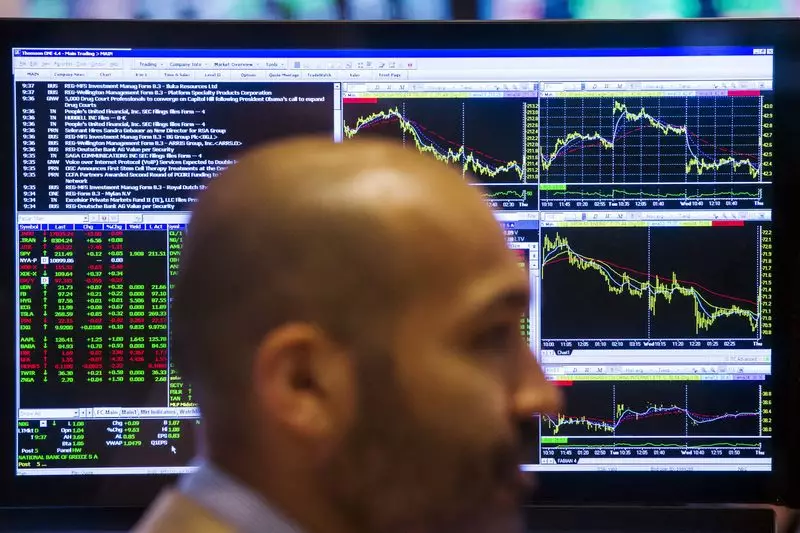The stock market experienced a mix of gains and losses during the most recent session as investors closely analyzed the latest Consumer Price Index (CPI) data. The S&P 500 managed to edge higher, closing with a modest gain of 0.38%. The day started with a sense of optimism as the headline July CPI data came in slightly below expectations, marking the first time inflation had fallen below 3% since early 2021. However, the core CPI figures remained in line with estimates at 3.2%, which is more than 1% above the Federal Reserve’s 2% target. This led to a more cautious market sentiment among investors.
The session began with a strong rally in the S&P 500, driven by the positive headline CPI numbers. However, the core CPI figure meeting expectations tempered the initial enthusiasm, especially among investors looking for clear signs of disinflation. This cautious tone resulted in a brief period of flat trading, but dip buyers eventually stepped in as the day progressed. This push led to the S&P 500 reaching new weekly highs. Despite these gains, the absence of a strong bullish catalyst caused the market to pull back slightly in the afternoon, settling just above 5,450.
The market’s sector performance was quite mixed during this session. The Dow Jones Industrial Average managed to lead the way with a gain of 0.61%, while the Nasdaq remained relatively flat, and the Russell 2000 saw a decline of 0.52%. Financials emerged as the standout sector, driven by strong earnings from insurance companies, especially Progressive, which experienced a 5% rally. Conversely, sectors like communications and consumer discretionary lagged behind, plagued by concerns regarding potential regulatory actions against Alphabet (NASDAQ:GOOGL) and upcoming retail earnings reports.
Historically, falling inflation has been a positive driver for stock prices. However, as per Sevens Report, the decline in inflation has now become an expected outcome in the market. This shift signifies a significant change in market behavior over the past 18 months, where falling inflation consistently provided a tailwind for equities. The strategists elaborate that with inflation levels now relatively normal, the likelihood of it surprising the market on the downside has decreased. As a result, the market’s attention has shifted towards other factors such as economic growth and Federal Reserve policies. Only data that significantly deviates from expectations – either much weaker inflation or stronger growth – has the potential to move the market at this stage.
Looking ahead, the strategists emphasize that the next potential catalysts for the market will be economic growth data and the Federal Reserve’s policy stance. Key economic reports, including retail sales and manufacturing indices, along with Federal Reserve Chair Jerome Powell’s address at the Jackson Hole symposium, will be closely monitored by investors. Strong growth data coupled with Powell hinting at possible rate cuts could spark a new rally in the stock market. However, the strategists warn that disappointing growth figures or a more neutral tone from Powell could lead to a quick reversal in the recent market bounce. This highlights the delicate balancing act that the market is currently navigating, where there is little room for error, and the potential for volatility remains high.

